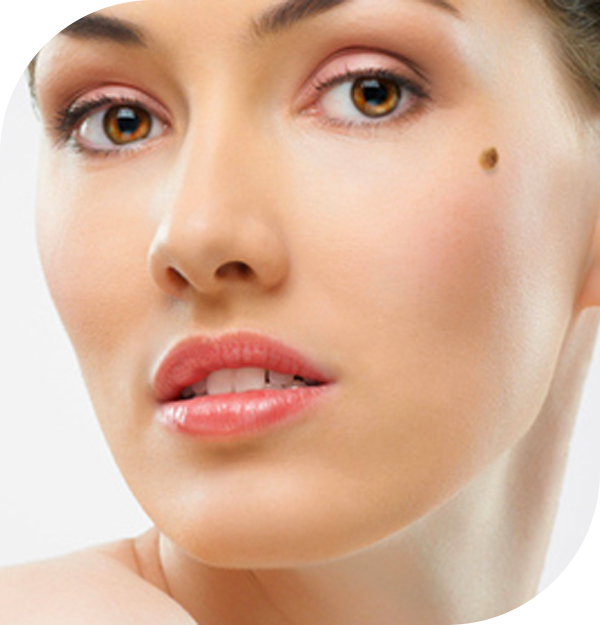Moles can be round, oval, flat, or raised. They can occur singly or in clusters on any part of the body. Most moles are brown, but colors can range from pinkish flesh tones to yellow, dark blue, or black. They may be present at birth, but most appear later.
Certain types of moles are more likely to develop into skin cancer:
- If you have a large congenital melanocytic naevus, there is a one in 20 risk that it may become cancerous. Smaller congenital naevi are less likely to develop cancerous change.
- Dysplastic naevi are more likely to progress into a malignant melanoma (a type of cancer).



